

ISPAGHUL
Plantago ovata Forskal Upper airways
Upper airways  Blood glucose
Blood glucose  Slimming
Slimming  Digestion
Digestion  Cholesterol
Cholesterol  Joints
Joints Ispaghul, Plantago ovata Forssk, rich in soluble fiber, is the active ingredient of choice to support intestinal regularity, improve stool consistency and contribute to good digestive health. It works by promoting a balanced intestinal microbiota.
Regulations
and analysis
Identification : TLC
Data on traditional use
Cahier de l’agence du Médicament (France) :
- Stool transit and consistency
Canadian monograph :
- Used to facilitate intestinal evacuation by increasing the volume and water content of the faecal mass
WHO monograph :
- Used for accelerated transit
- Used for the respiratory tract
- Used for joints
German monograph :
- Used to improve stool consistency
- Used for irritable bowel
Association ideas by health benefice
Select one or more axes:

MALLOW
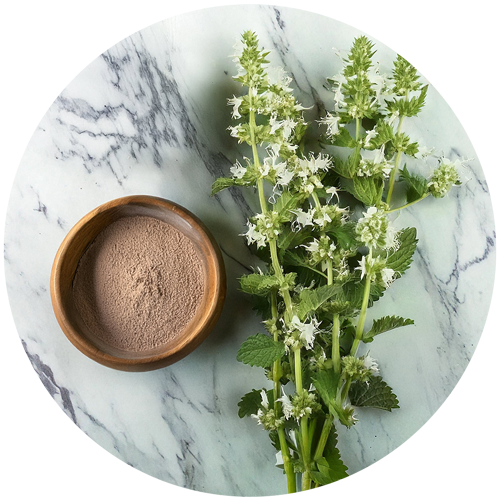
WHITE HOREHOUND
Marrubium vulgare L.

TAMARIND
Tamarindus indica L.
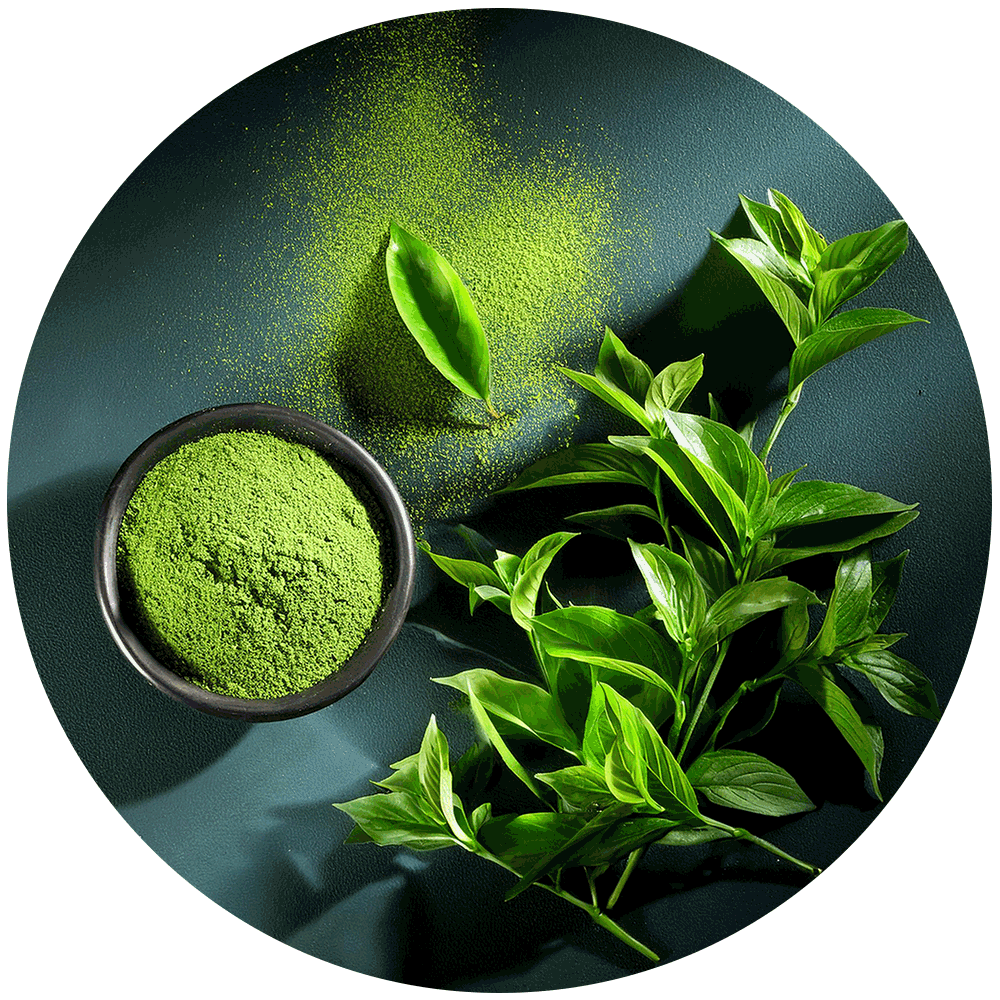
GREEN TEA
Camellia sinensis Kuntze

RECOVERA balances energy and glucose metabolism
Opuntia ficus-indica (L.) Mill
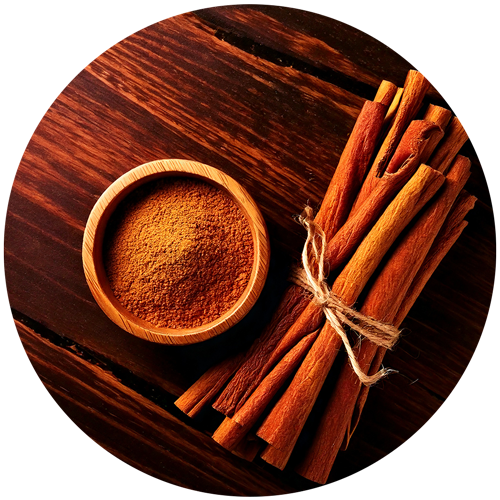
CINNAMON
Cinnamomum zeylanicum Blume
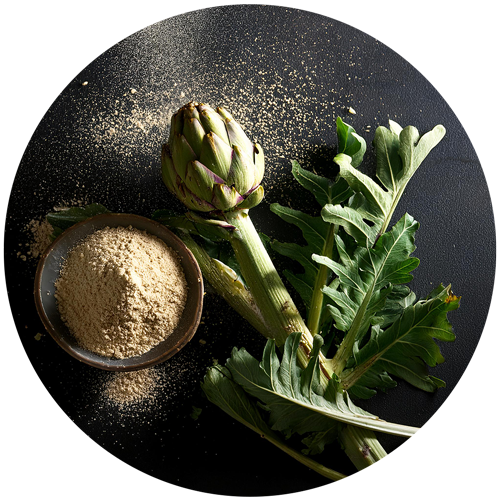
ARTICHOKE
Cynara scolymus L.

Nattiase: for normal blood flow.
Glycine max L.
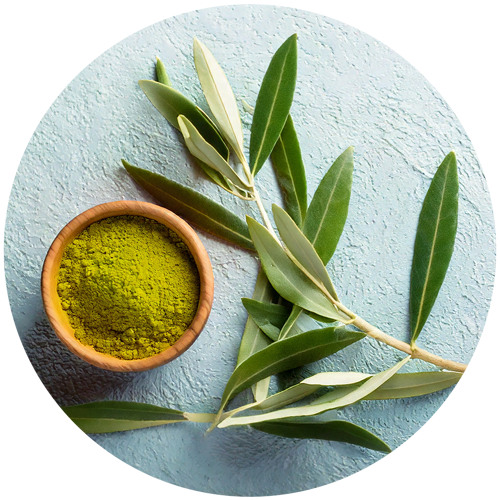
OLIVE
Olea europaea L.
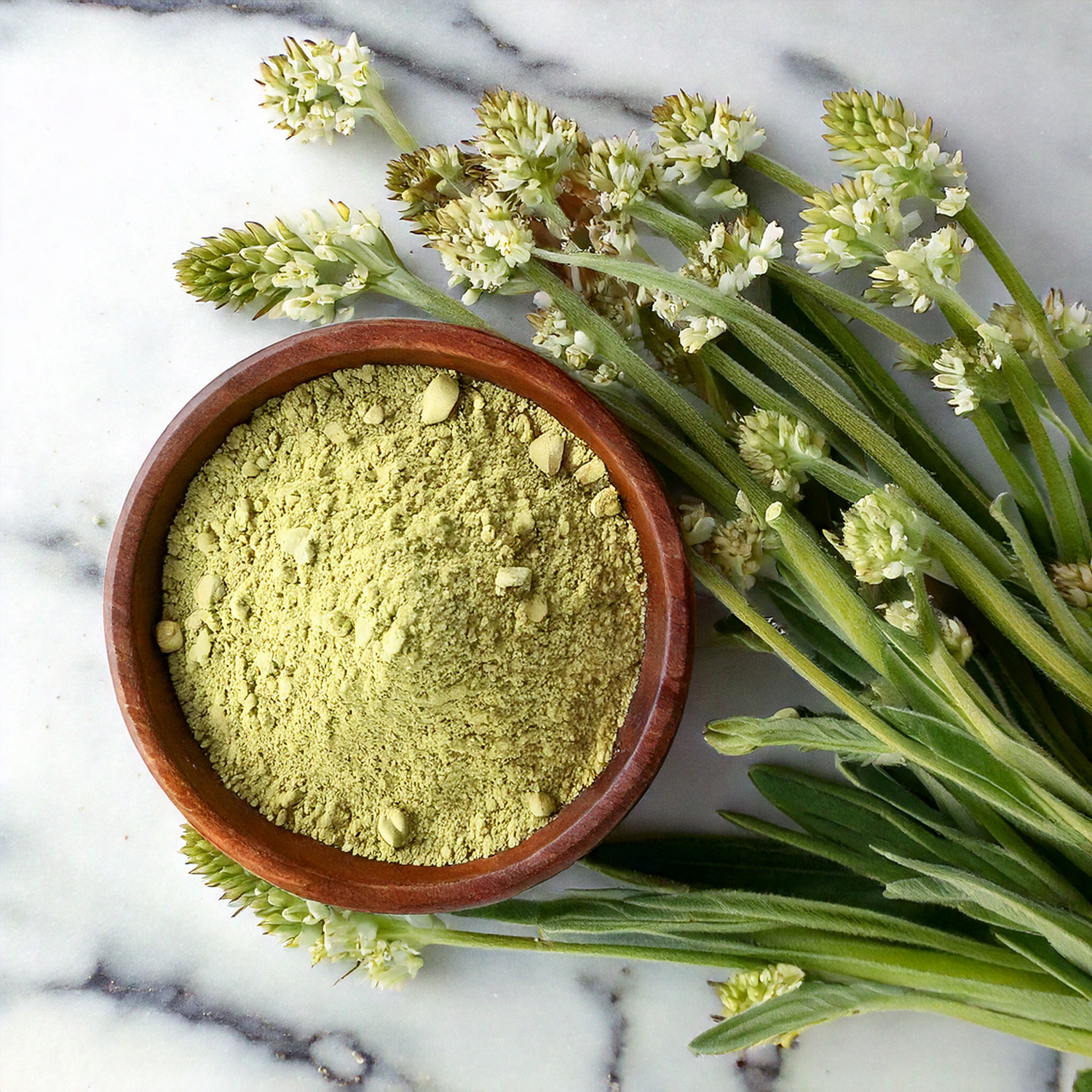
Detailed description
Ispaghul, also known as Psyllium blond, Plantago ovata Forssk, is renowned for its exceptional richness in soluble fibers (up to 70%), particularly arabinoxylans, which form a mucilaginous gel on contact with water. This unique property confers targeted physiological effects on intestinal transit: increased fecal volume, improved stool consistency, reduced transit time and a softening effect on the digestive mucosa.
Its moderate prebiotic action and partial fermentation in the colon lead to increased production of short-chain fatty acids, essential for a healthy microbiota. Ispaghul thus helps relieve functional intestinal disorders.
Its benefits also extend to the metabolic sphere: studies show that psyllium supplementation helps reduce LDL cholesterol and maintain glycemic homeostasis, thus contributing to cardiovascular health and glycemic balance.
Well tolerated, Ispaghul is a natural solution of first resort in digestive formulas, particularly in dietary supplements or fiber-rich foods aimed at improving transit.
- Marteau et al., 1994
- Alexandra Plotnikova, et al, Plant Cell . 2019 Dec;31(12):2929-2946. doi: 10.1105/tpc.19.00395. Epub 2019 Sep 27.
- Justyna Przybyszewska, et al, Prz Gastronerol . 2024 April 29;19(2):121-126. doi: 10.5114/pg.2024.139209
- Gitanjali Deokar, et al, Pharmaceutical and Biological Evaluations 2016; vol. 3 (1): 32-41
